“丰”景如画 (fēng jǐng rú huà) is a beautiful and evocative phrase in Chinese. Here's a breakdown and some ways to understand it:
1. "丰 (fēng):" This character primarily means "abundant," "plentiful," "rich," or "prosperous." It can also relate to "fullness" or "fertility."
2. "景 (jǐng):" This means "scenery," "view," "sight," or "scene."
3. "如 (rú):" This means "like," "as if," "as though."
4. "画 (huà):" This means "painting," "picture," or "drawing."
"Meaning:"
The phrase "丰景如画" translates literally to ""Abundant scenery is like a painting"" or ""Prosperous scenery is like a picture.""
"Interpretation:"
It describes a landscape or scene that is so beautiful, vibrant, lush, and full of life that it appears almost like a carefully painted picture. The "丰" (abundant/prosperous) aspect emphasizes the richness of the scenery – perhaps lush greenery, abundant flowers, plentiful harvests, or a vibrant atmosphere, all contributing to the picturesque quality.
"In essence, it means:"
The scenery is exceptionally beautiful
新京报讯(记者 田杰雄 王颖)九月的第四个星期,秋分刚过,此刻来到崇礼,想要看山谷里的秋意恐怕尚早,但崇礼的斑斓色彩却有它独特的装点。田间刚抛出的土豆是崇礼调色盘上的那一点赭红色,草原天路上的薰衣草组成一望无际的紫色,落日阳光穿透已经黄了叶子的白桦林,是温柔的金,与天幕互相映衬的风车,组成开阔的蓝与白。

丰收的土豆是那抹赭红色。新京报记者 王颖 摄
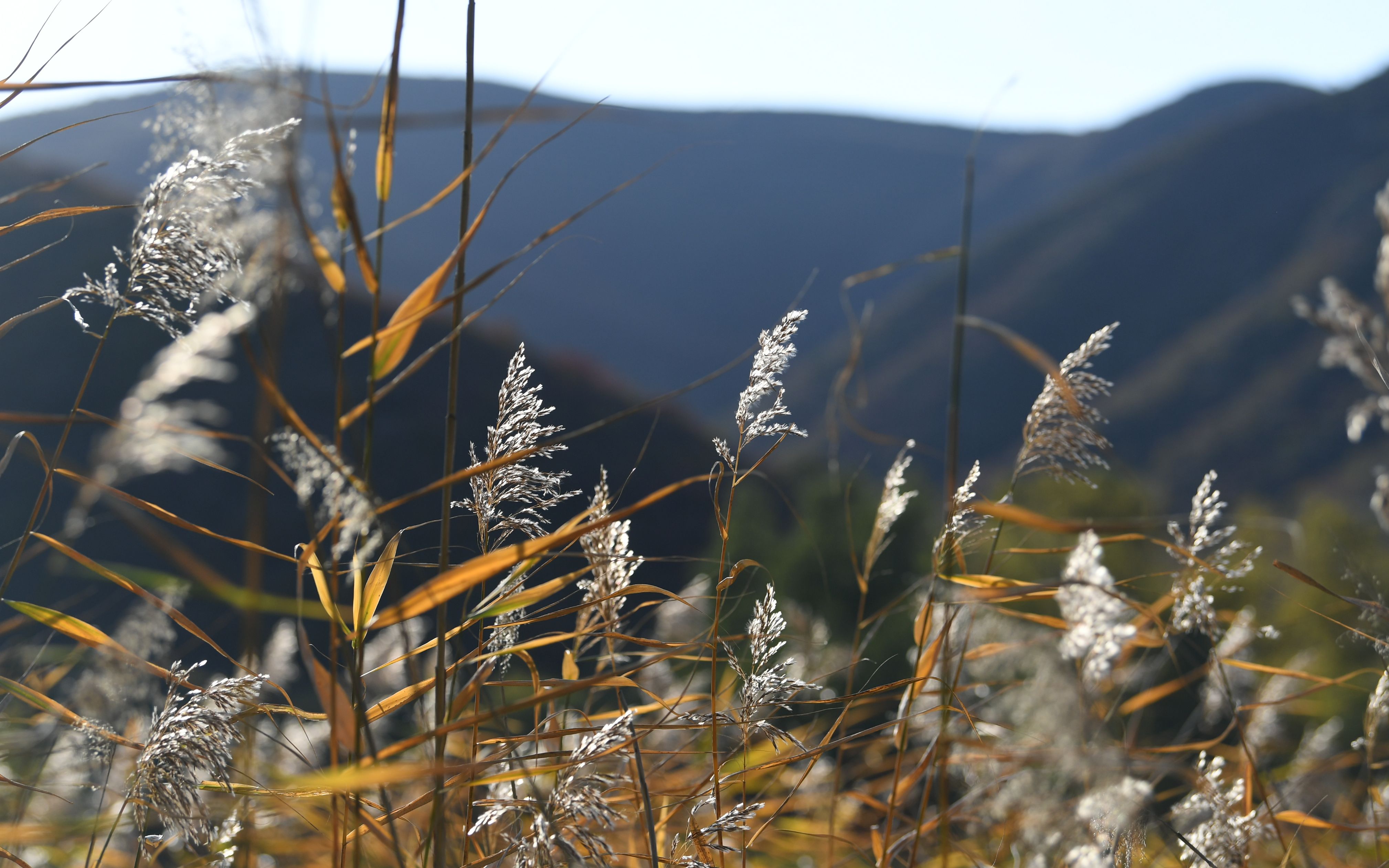
白色的芦苇风中飘荡。新京报记者 王颖 摄
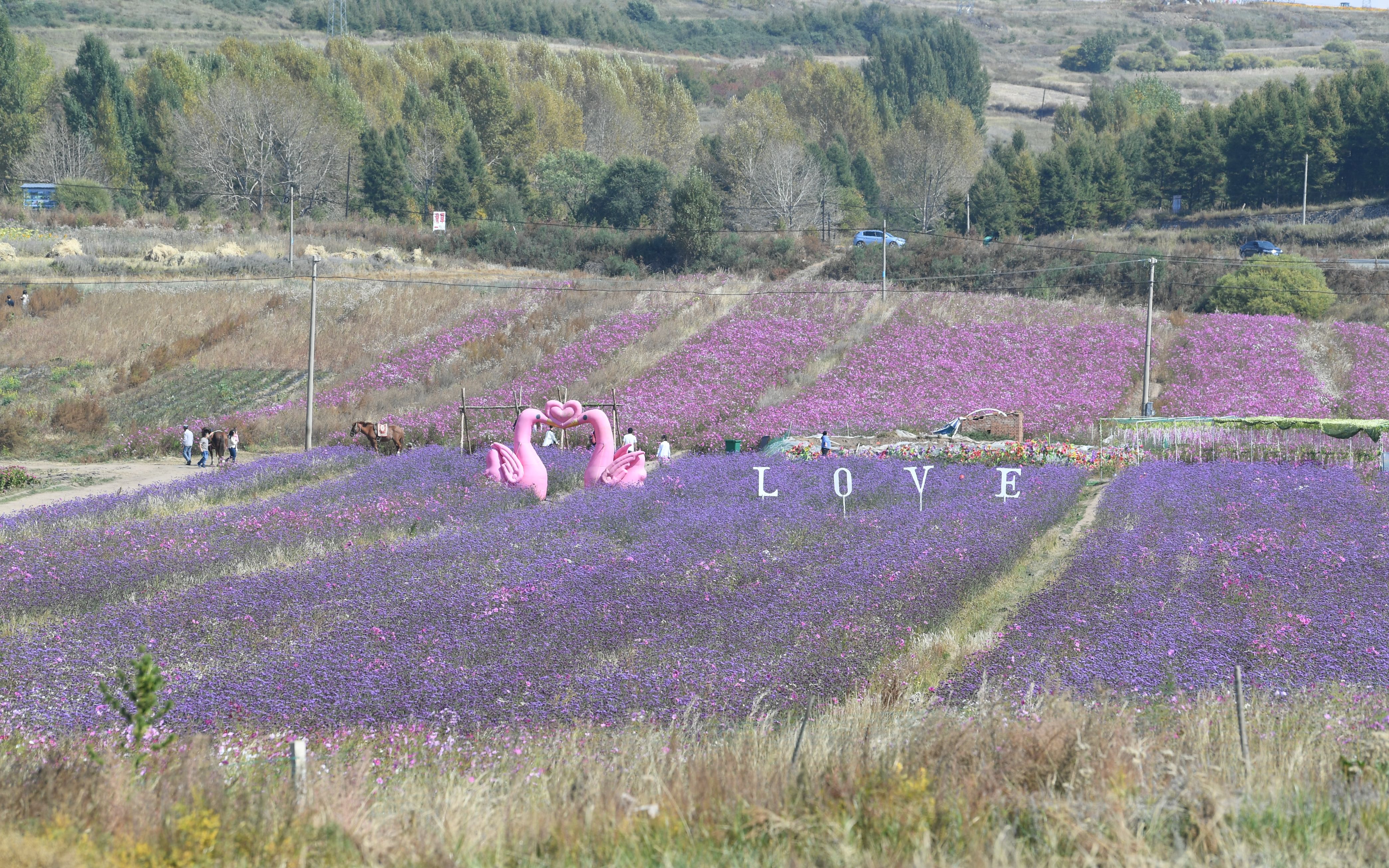
紫色的薰衣草温柔浪漫。新京报记者 王颖 摄

阳光穿透白杨林,散发出迷人的金色。新京报记者 王颖 摄
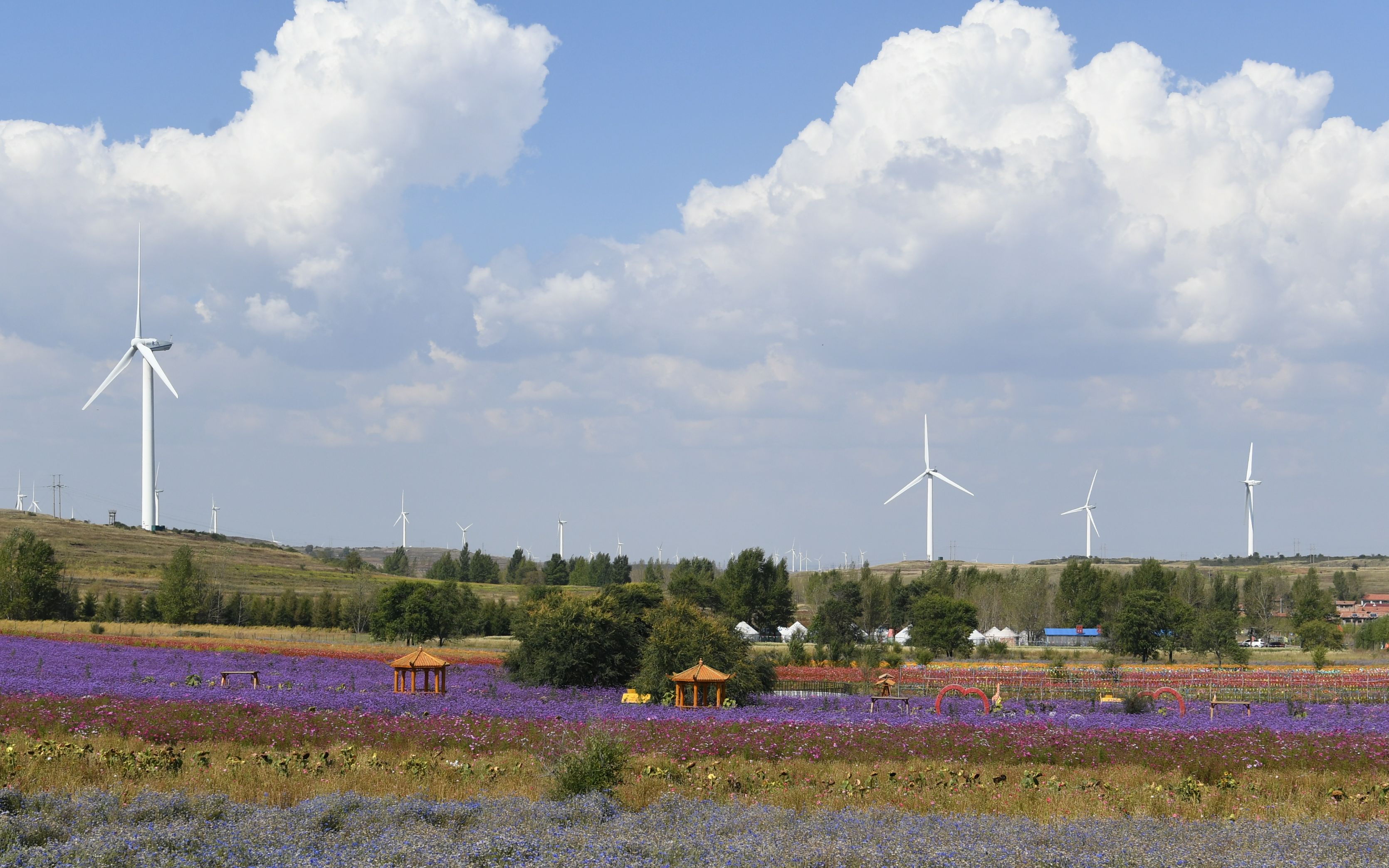
蓝天白云交相辉映。
初秋的崇礼好像是一个调色盘,包含了大自然的多姿多彩,而再过一段时间,深秋会给这里染上更加丰富的色彩,远远望去,层林尽染。
这个时节到达崇礼的人,感慨恐怕难免古今相同——自古逢秋悲寂寥,我言秋日胜春朝。
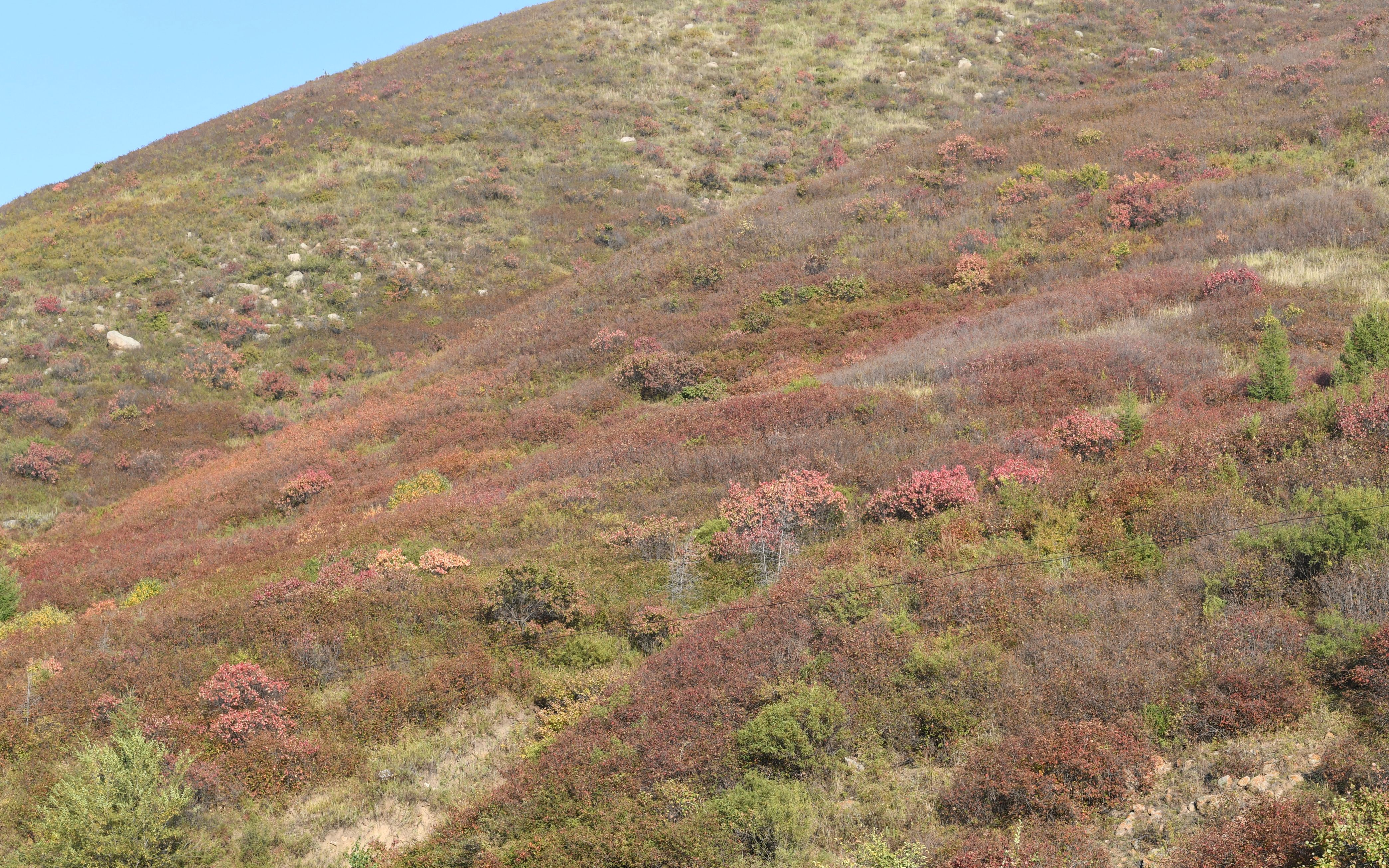
已经变红的树叶,开始有了点层林尽染的意思。新京报记者 王颖 摄
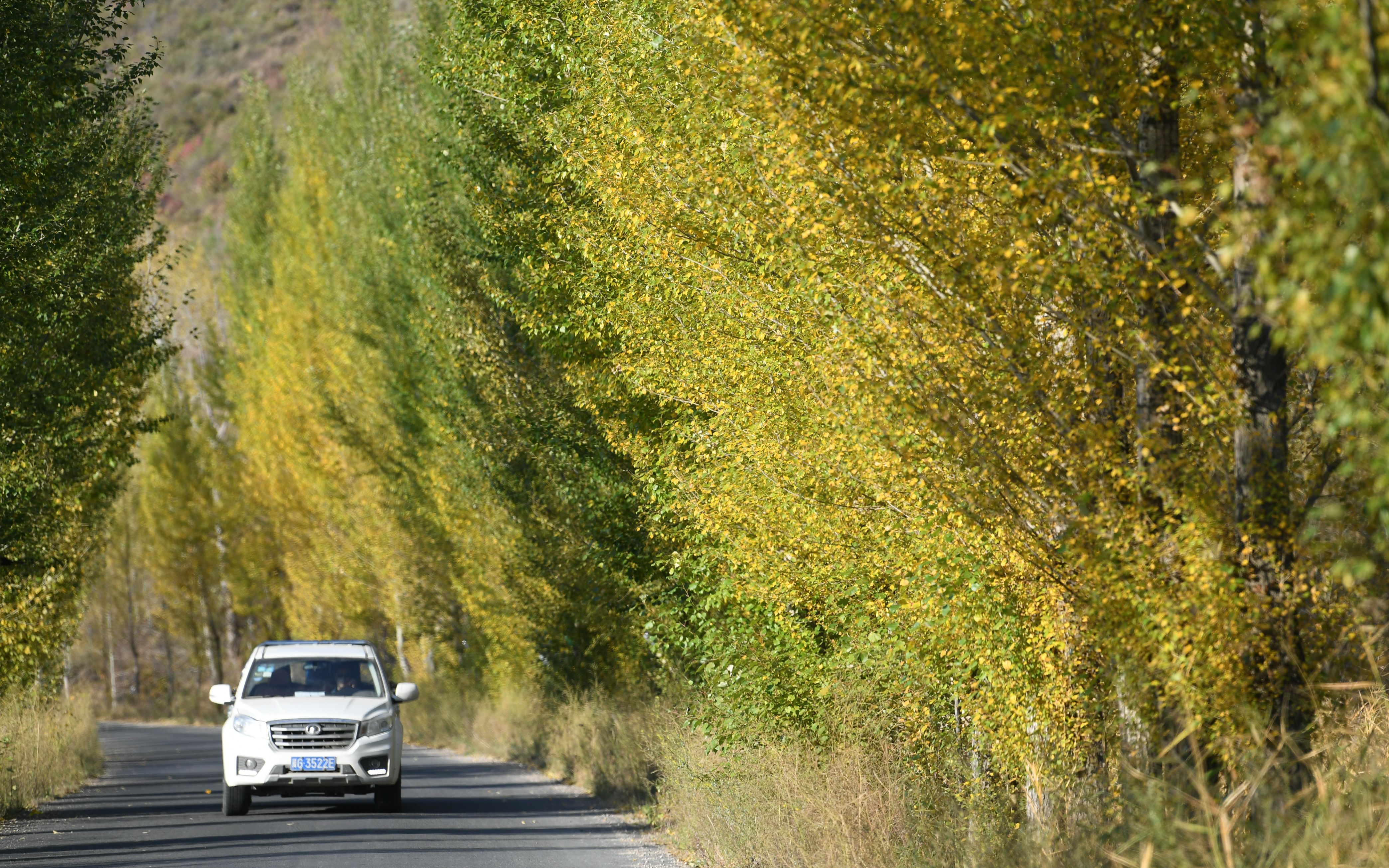
在开始变色的树叶前,一辆车恰好经过。新京报记者 王颖 摄
新京报记者 田杰雄 摄影 王颖
编辑 张树婧 校对 李项玲







